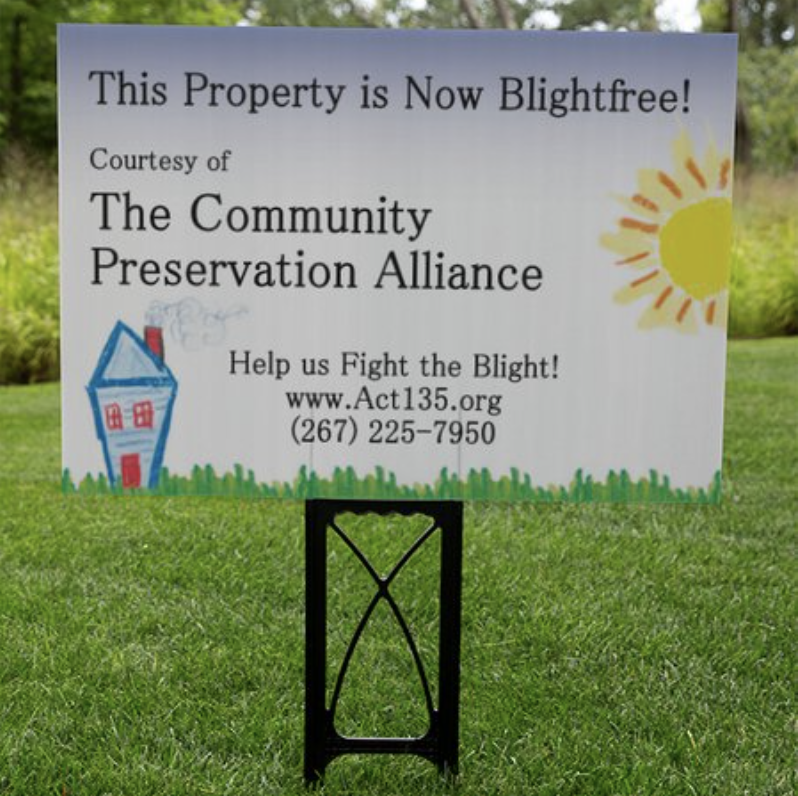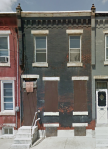The NY Times takes notice of Philadelphia’s Land Bank plan.
via Philadelphia Forges Plan to Rebuild From Decay – NYTimes.com.
Philadelphia Forges Plan to Rebuild From Decay
Mark Makela for The New York Times
An estimated 40,000 vacant, derelict or underused buildings and lots — both publicly and privately owned — that are candidates for the Philadelphia’s new Land Bank, an ambitious program that is the latest effort to clear up blighted neighborhoods.
By JON HURDLE
Published: December 31, 2013
PHILADELPHIA — On a desolate North Philadelphia street, an isolated block of five Victorian rowhouses is surrounded by vacant lots and a commuter rail line.
All but one of the two-story houses are vacant; burn marks outline boarded-up windows and a door on one building, and two display metal signs announcing they are up for property auction by the Philadelphia Housing Authority. The open rear entryway of one reveals a mess of bedding on a sheet of plywood, suggesting the derelict property does in fact have an occupant.
The city lists the market value of each empty house at $27,900.
The houses, little more than a mile from downtown Philadelphia, are among an estimated 40,000 vacant, derelict or underused buildings and lots — both publicly and privately owned — that are candidates for the city’s new Land Bank, an ambitious program that is the latest effort to clear up blighted neighborhoods.
Philadelphia, with a population of about 1.5 million, is the largest American city to adopt a land bank, experts said, and could become a model for other cities like Detroit that have an even bigger problem with vacant property.
While land banks have been around for several decades, including one in St. Louis that was set up in the 1970s, several dozen exist now, with newer versions emerging in places like Syracuse and Macon, Ga.
Supporters point to success stories elsewhere.
For example, in Flint, Mich., Saginaw Street has been transformed into a busy commercial and residential center after the local land bank’s acquisition of three buildings that had been vacant for as long as 30 years, said Frank Alexander, a professor of real estate law at Emory University and an author of land bank laws in many cities.
The street “bears almost no resemblance to what it was 15 years ago,” Mr. Alexander said. “The land bank was able, by addressing the worst properties, to accomplish catalytic transformation.”
But not all land banks have succeeded. Critics are concerned about a provision in the ordinance creating the Philadelphia Land Bank that requires City Council approval for all sales, saying that could delay the disposal of properties and bog down redevelopment. An early land bank in Cleveland failed, for example, because it required legislators to sign off on all acquisitions and dispositions, Mr. Alexander said.
“If the City Council ends up delegating and deferring to the board of directors of the land bank, then it can move pretty well,” Mr. Alexander said. “But if it says ‘We want to hold hearings on every acquisition and disposition,’ then it will very quickly grind to a halt.”
And it takes time to assemble buildings and land that are attractive to developers, said Kelly Clarke, executive director of the Kalamazoo County Land Bank, in Kalamazoo, Mich.
“It’s not always about getting properties sold quickly,” said Ms. Clarke, who said her organization had sold about 50 homes, demolished 40 others and sold about 150 empty lots since it was established in 2009.
Rick Sauer, executive director of the Philadelphia Association of Community Development Corporations, which has helped lead the Land Bank initiative, said he believed it would offer developers a much easier process to navigate. Previously, developers sometimes walked away from potential projects if they had to acquire land or buildings from different city agencies with different requirements. Many of these vacant properties can be found on several agencies’ books.
The new city ordinance aims to consolidate ownership of the properties under the roof of the Land Bank. And to encourage developers to buy through one-stop shopping, the city ordinance also gives the Land Bank power to acquire title to privately owned vacant properties if they are delinquent in taxes. Officials said about three-quarters of Philadelphia’s vacant properties were privately owned and many were behind on taxes. That has deterred prospective buyers who have trouble tracking down owners of long-abandoned properties or dealing with liens on the buildings.
Once the Land Bank is operational later this year, developers will be in a better position to take control of whole blocks that currently show a “gap-tooth” patchwork of public and private buildings and land, proponents say.







